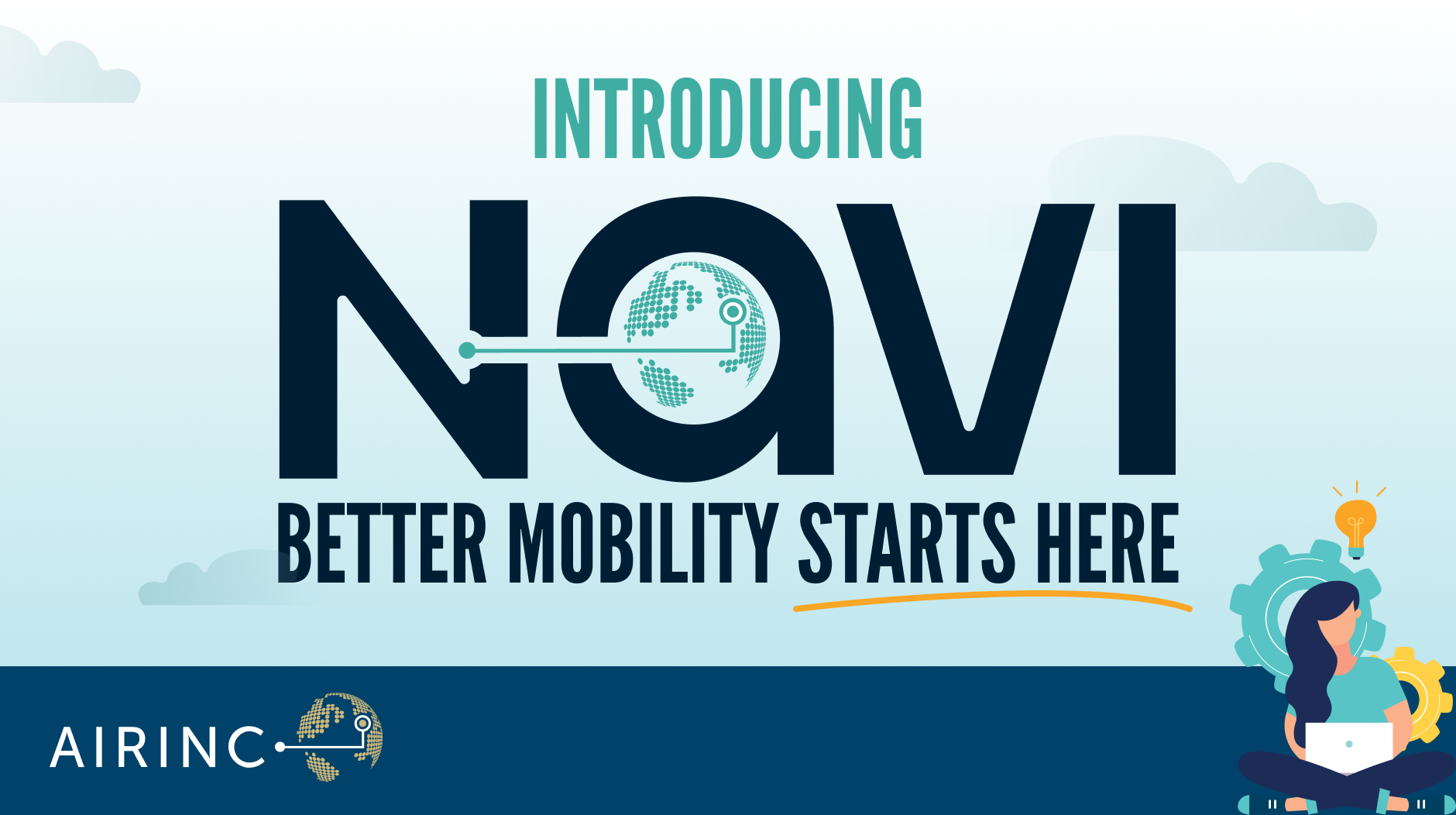One of the most frequent questions I get from clients is: ‘At what point should we consider moving this employee to local terms?’ In today’s global workforce, long-term assignments often take unexpected turns. What begins as a clearly defined, temporary international relocation can stretch into several years abroad. By the time an assignment hits the five- or six-year mark, the employee is often deeply embedded in the host country, both personally and professionally.
At that stage, companies naturally start re-evaluating whether it still makes sense to keep the employee on assignment terms. I’ve supported many clients through this exact scenario, helping them weigh the strategic, financial, and talent implications of a transition. In this blog, I’ll explore the concept of localization including when it makes sense, what to consider, and how companies are approaching this increasingly common challenge.
What is Localization in Global Mobility?
In mobility terms, localization means moving an employee from an expatriate package, often filled with housing allowances, education support, and assignment premiums, to a compensation and benefits package aligned with the host country’s local employees.
Companies often consider this step when:
- An assignment stretches beyond its original timeframe, especially once it has gone on for five years or more.
- The employee has settled into the host location and shows long-term commitment.
- There’s a drive to simplify programs and reduce the cost of supporting expatriates.
But deciding when and how to localize requires careful thought.
Should You Localize or Keep the Home-Based Package?
For employees on extended “temporary” assignments, localization might feel like the logical next step. Most companies would now localize employees after three to five years of assignment. Yet moving too quickly carries risks:
- Retention challenges if local market salaries don’t align with employee expectations.
- Business flexibility loss if the employee later needs to move or repatriate.
- Forced re-localizations where companies reverse the decision, creating confusion and frustration.
A recent localization I was involved in really highlighted this dilemma. The employee was thriving locally, but the business still saw him as globally mobile (someone who could be redeployed elsewhere). That disconnect made the decision to localize more complicated. Sometimes maintaining a home-based package, while more expensive, keeps options open and preserves goodwill with key talent. It’s also really important to work with the Talent team to understand what the career path and expectations are for that employee so that any decision to localize is made in the right context. Keep in mind that expat packages can be two to three times the cost of local packages, especially in cities like London or Tokyo.
Case in Point: From Expat to Embedded
A U.S.-based tech company sent an engineer to Singapore for a two-year assignment. Five years later, she had started a family, bought a home, and integrated into local networks. The company opted to localize her package. By using a phased approach and benchmarking local compensation with data, they preserved her engagement while saving in annual mobility costs. She later moved to a regional leadership role, proving that thoughtful localization can also enable talent development.
%20(1).jpg?width=596&height=397&name=Singapore%20(1)%20(1).jpg)
The Challenges of Expat to Local Transitions
For employees, localization can feel like more than a policy change, it can feel personal. In my experience, even when the numbers add up, the human side (like status, family impact, lifestyle) can derail the process if it’s not handled with care. Common challenges include:
- Loss of expatriate benefits, which may be perceived as a demotion or loss of status.
- Family disruption, especially if housing or schooling allowances are removed.
- Cost-of-living shock, particularly in high-cost locations where local salaries may not support an expat lifestyle.
Left unaddressed, these challenges can impact engagement and even lead to attrition.
Best Practices for Thoughtful Localization
A successful localization strategy doesn’t happen overnight. It requires a proactive, empathetic approach:
- Consider transitional support. Will you offer support and if you do will it be a phase-out allowances and support (which can be administratively tricky) or a 'buy-out' to help facilitate the transition? Both options give employees time to adjust but have their respective challenges.
- A clear roadmap with alignment among HR, business leaders, and the employee ensures expectations are managed.
- Repatriation planning helps maintain fairness if the employee eventually returns home or moves again.
When stakeholders are aligned and the employee feels supported, localization can become a positive step forward rather than a source of tension.
Tools to Support Successful Localization
At AIRINC, we help companies approach localization with confidence. Our global mobility data and advice provide the foundation for fair and sustainable transitions:
- Global Salary Comparison benchmarking helps inform the shift to local packages. Allows companies to make a realistic offer that meet employee needs and avoiding damaging rounds of negotiation.
- Tax guidance and advisory support help mobility teams design competitive and equitable localization terms.
With the right tools and expertise, companies can approach localization as a strategic opportunity and not just a cost-saving measure.
You can think about a quick Localization Readiness Checklist:
- Has the assignment lasted more than three years?
- Is the family settled and integrated locally?
- Is there a long-term business case for continued presence?
- Are local salaries within ±20% of home-based equivalent?
- How does the employee’s purchasing power compare once they’re on the local pay scale?
A Thoughtful Approach Pays Off
Done right, localization supports both the business and the employee. It allows organizations to simplify global mobility programs while empowering employees to thrive in their new local context. Strategically, localization matters beyond cost. Localizing high-performing assignees can strengthen regional leadership pipelines. Moreover, reduced reliance on long-term expats allows more flexible and project-based assignments. Plus, aligning compensation with locals supports DEI goals and internal equity.
In my own work, I've seen localization succeed when it’s not just a policy change, but a thoughtfully managed transition. By putting people at the center of the process, companies can turn what might feel like a loss into a win for everyone involved.


%20(22)%20(1).jpg)

%20(26)%20(1).jpg)
%20(25)%20(1).jpg)


